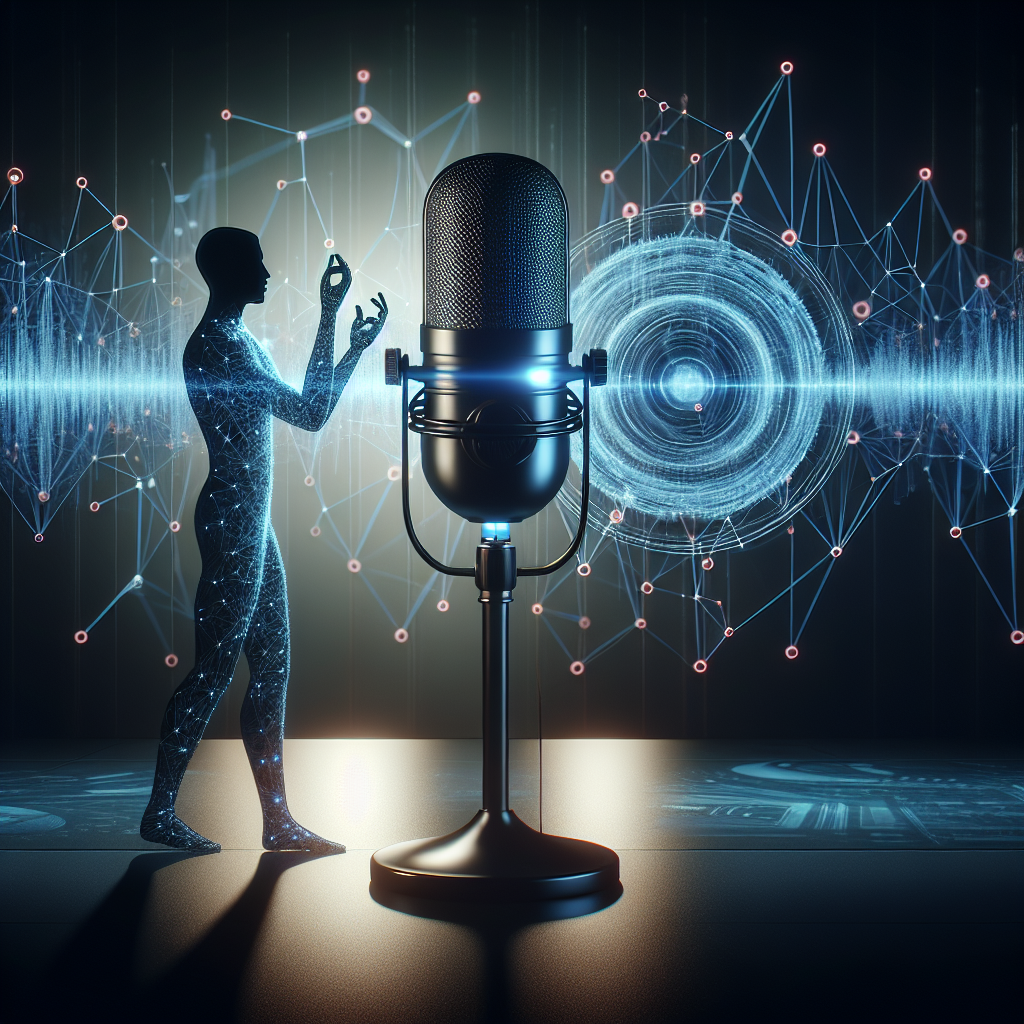How AI Algorithms Revolutionized Voice Recognition in 2025
The Quantum Leap: Understanding the Breakthrough of AI Algorithms in Voice Recognition
Voice recognition technology has undergone a dramatic transformation by 2025, largely due to the advancement in AI algorithms. What was once limited to simple voice commands is now a sophisticated, near-human interaction enabled by machines understanding and responding to human speech with remarkable accuracy. These AI algorithms have spearheaded this revolution, enabling devices to not only recognize words but also grasp context, tone, and intent.
By integrating deep learning, neural networks, and natural language processing techniques, AI algorithms have surpassed traditional speech recognition challenges such as accent variation, background noise, and homophones. This leap has opened doors to new applications across industries, from healthcare to customer service. In this article, we’ll explore the innovations behind these AI algorithms, their practical impact, and what the future holds.
How AI Algorithms Have Enhanced Speech Recognition Accuracy
Evolution from Rule-Based Models to Deep Learning Networks
Early voice recognition systems relied on rule-based approaches that matched speech patterns against predefined templates. These systems struggled with variability in pronunciation and ambient conditions. With the emergence of AI algorithms focused on machine learning, the methodology evolved drastically.
Deep learning models like convolutional neural networks (CNNs) and recurrent neural networks (RNNs), including Long Short-Term Memory (LSTM) units, enable systems to learn from massive datasets. These models capture temporal sequences and contextual dependencies within speech, resulting in significantly higher accuracy rates.
Noise Robustness and Accent Adaptation
AI algorithms incorporate advanced signal processing and adaptive modeling, allowing voice recognition systems to perform in real-world noisy environments. Techniques such as:
– Spectral subtraction to filter out background noise
– Multi-condition training exposing models to diverse audio scenarios
– Transfer learning to adapt to different accents and dialects
have made voice assistants and transcription services more reliable globally.
Natural Language Processing: Giving Machines a Voice Understanding
Contextual Comprehension Through AI Algorithms
AI algorithms integrate natural language processing (NLP) to interpret speech beyond words. Sentiment analysis, semantic parsing, and intent recognition allow systems to understand the speaker’s intention and emotional nuance. For example, virtual assistants can differentiate between a sarcastic command and a serious request, adjusting responses accordingly.
Conversational AI and Dialogue Management
Advanced AI algorithms power conversational agents that manage multi-turn dialogues smoothly. Utilizing reinforcement learning, these systems learn optimal strategies for engaging with users by analyzing feedback and outcomes. This development means that voice interfaces can maintain context over extended conversations, enriching user experience.
Applications Enhanced by AI Algorithms in 2025
Healthcare and Accessibility
Voice recognition driven by AI algorithms has transformed healthcare documentation. Doctors can now use voice-to-text tools that accurately transcribe complex medical terminology, easing their administrative burden. Additionally, voice-activated devices assist individuals with disabilities, providing accessibility through hands-free control and communication aids.
Smart Homes and IoT Integration
AI-powered voice recognition is at the core of smart home technology. Devices understand diverse commands effortlessly and learn user preferences over time. AI algorithms enable these devices to anticipate user needs, making homes more responsive and energy-efficient.
Customer Service Revolution
Contact centers now utilize AI algorithms to automate call routing, resolve client queries via chatbots, and detect caller sentiment in real-time. This results in faster resolutions and improved customer satisfaction. According to a 2024 report by Gartner, businesses using AI-driven voice recognition reduced average handling time by 30%.
Challenges and Ethical Considerations with AI Algorithms
Privacy and Data Security Concerns
The sophistication of AI algorithms requires vast amounts of voice data, raising privacy concerns. Ensuring data encryption, user consent, and transparent data usage policies are crucial to protect individuals’ privacy.
Bias and Fairness in Voice Recognition
AI algorithms can inadvertently inherit biases present in training data, leading to disparities in recognition accuracy among different demographic groups. Efforts are underway to diversify datasets and develop fairness-aware AI training protocols to mitigate this issue.
The Future Trajectory of AI Algorithms in Voice Recognition
Multimodal AI for Enhanced Interaction
Future systems will combine voice recognition with visual and contextual data, leading to more natural interactions. For instance, integrating gesture recognition or environmental sensing can augment understanding and responsiveness.
Edge Computing and On-Device Processing
To reduce latency and bolster privacy, AI algorithms are shifting toward edge computing, performing complex voice recognition tasks directly on devices without relying on cloud servers. This trend enhances speed and security, especially in mobile and IoT applications.
Maximizing the Benefits of AI Algorithms: Practical Tips for Businesses and Developers
– Invest in diverse and high-quality voice datasets to train AI algorithms effectively
– Continuously monitor and update models to address emerging accents, languages, and slang
– Incorporate user feedback loops for adaptive learning and improved accuracy
– Prioritize transparency in data usage and privacy safeguards to build user trust
– Explore integration with complementary AI technologies like computer vision for richer experiences
Voice recognition technologies will continue to evolve thanks to these AI algorithms, unlocking new possibilities in how humans interact with machines.
Harnessing the power of AI algorithms today can give businesses a competitive edge in customer engagement and operational efficiency. For tailored strategies on integrating advanced voice recognition AI into your projects, reach out at khmuhtadin.com to start transforming your voice interactions.














Post Comment